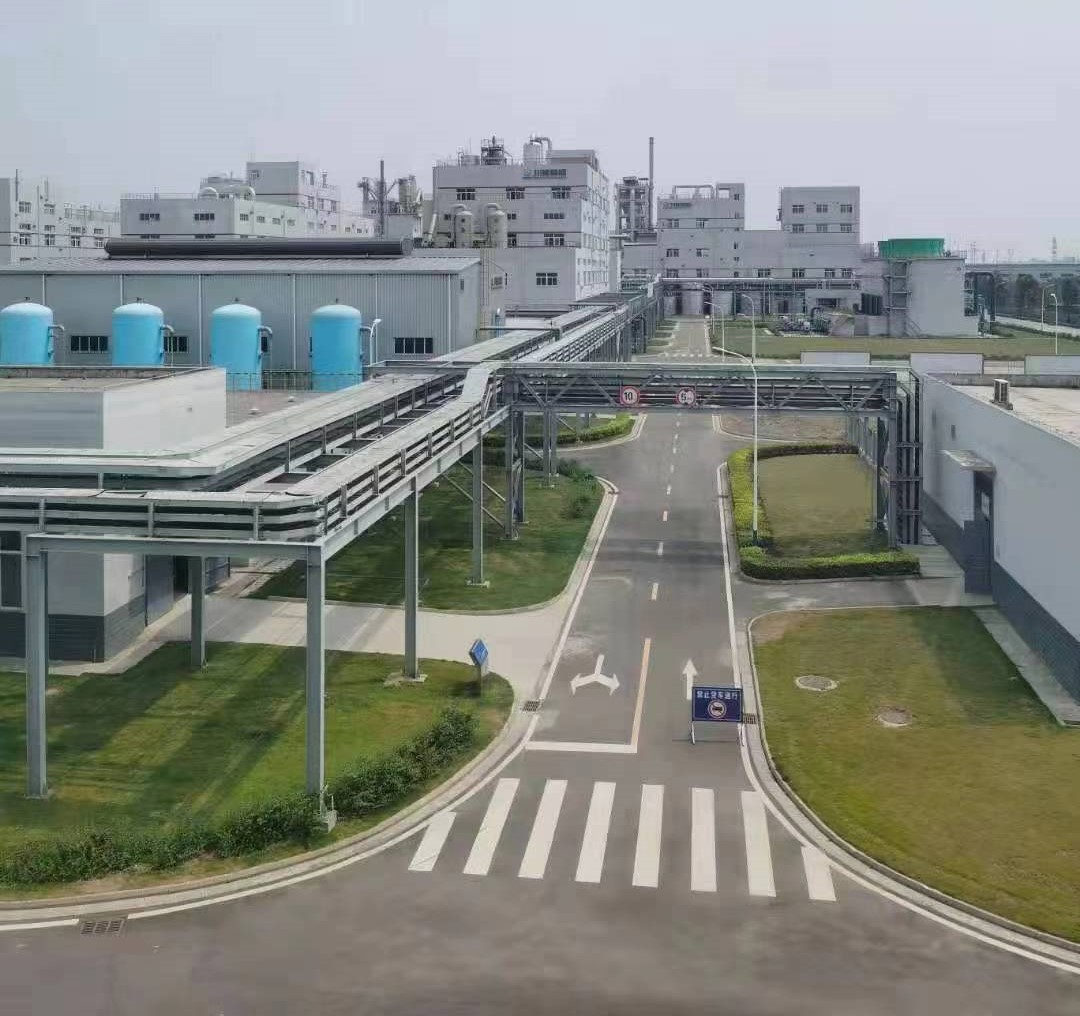Low friction coefficient ≠ wear resistance? Why does molybdenum disulfide reduce friction and lubricate
Jun,19,25
Many people think that the lower the friction coefficient of the material, the better the wear resistance?
To mechanical lubrication effect is good, need to understand this, high lubrication is not equal to high wear resistance! In other words, the friction coefficient of some lubricating materials is low, but it is not wear-resistant. Once the mechanical parts produce scratches or cracks, the structural integrity is quickly destroyed.
In the selection process of lubricating materials, many people have fallen into a misunderstanding: the blind pursuit of low friction coefficient of lubricating materials, however, the reality is severely hit the face. In order to reduce costs, an auto parts manufacturer once selected a 1 of ordinary greases with extremely low friction coefficients. It was thought that it could improve mechanical efficiency. As a result, the equipment was in operation for less than half a year, and the key components were severely worn and maintenance costs rose linearly.
In fact, the wear of parts is a complex process. It is not only affected by the friction force, but also closely related to the surface hardness, fatigue strength, impact toughness of the material, and the self-repairing ability of the surface structure of the parts.
People who are engaged in the lubrication industry or are often in contact with mechanical lubrication know that the "king of solid lubrication"--molybdenum disulfide, which has an ultra-low coefficient of friction and is as low as 0.01-0.06. How amazing is this value? Compare it to know: the coefficient of friction of ordinary lubricants is between 0.1-0.3, the coefficient of friction of graphite is 0.11, and the coefficient of friction of molybdenum disulfide is several times lower than them, even dozens of times!
In practical applications, the use of molybdenum disulfide lubricated machinery, the running resistance is greatly reduced, and the energy consumption is significantly reduced. The measured data of a heavy machinery factory show that after using molybdenum disulfide lubrication, the energy consumption of the equipment is reduced by 20%, and the production efficiency is increased by 15%.
What is even more amazing is that molybdenum disulfide not only has a low coefficient of friction, but also has strong wear resistance. Its surface hardness can reach HV2000, which is 3 times harder than stainless steel! The experiments of an aero-engine manufacturer show that under the same working conditions, the wear of parts coated with molybdenum disulfide is reduced from 0.5mm to 0.05mm, and the life is extended by 10 times. This is because molybdenum disulfide has a unique layered crystal structure, just like 1 stacked playing cards, it is easy to slide between layers. During the friction process, this structure can effectively disperse stress and reduce wear.
Molybdenum disulfide can be called "active lubrication" black technology. Molybdenum disulfide has "migration" wherever it needs to be supplemented ". It can be firmly adsorbed on the metal surface. When the friction interface is worn, the lubricating filler will precipitate from the matrix and actively spread on the friction interface, just like automatically filling the air to form a smooth surface lubricating film. After a certain automobile gearbox manufacturer coated molybdenum disulfide coating on the gear, even after a long time of high-intensity operation, the surface of the gear can still maintain a good lubrication state, and the degree of wear is minimal. Application field of molybdenum disulfide
Where solid lubrication is needed, there is molybdenum disulfide. The bearing of the satellite needs to run for a long time in the extreme environment of vacuum and alternating high and low temperature. Molybdenum disulfide can make the satellite bearing run for 100000 times with zero failure. A number of key components of the spacecraft are coated with molybdenum disulfide, which effectively reduces friction and wear and ensures the safe operation of the spacecraft. In addition, molybdenum disulfide can easily cope with different application scenarios and different complex working conditions in piston rings, valve lifters and other components inside automobile engines, as well as industrial manufacturing fields.
Low friction is not high friction resistance, this long-standing "common sense", is being completely broken by molybdenum disulfide. When you choose a lubricating material next time, don't just stare at the coefficient of friction!
Previous: June 18 market briefing






